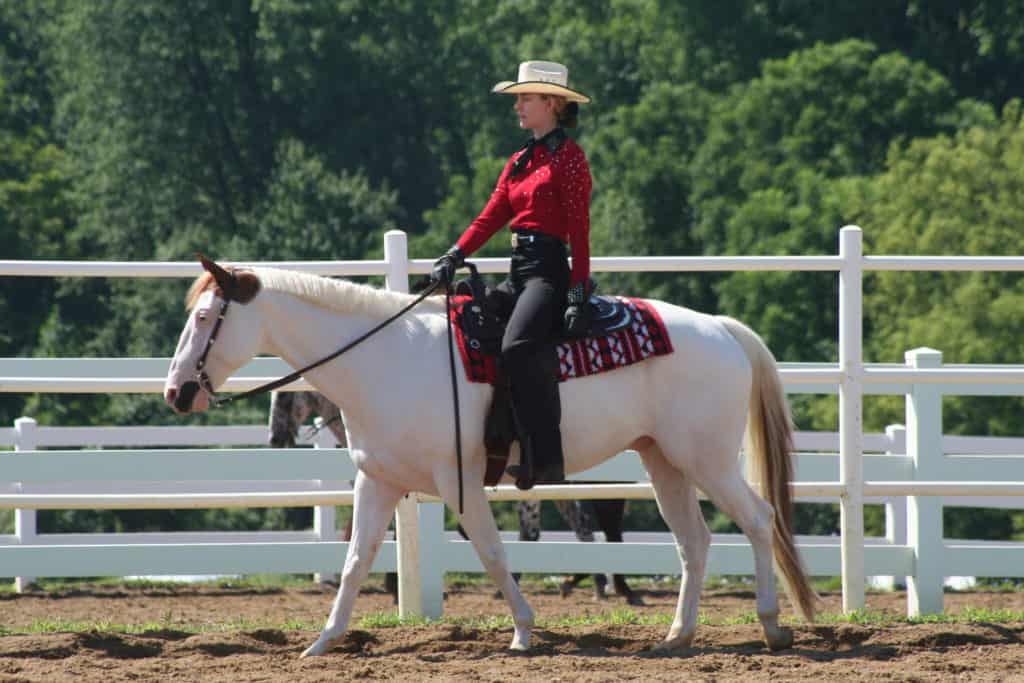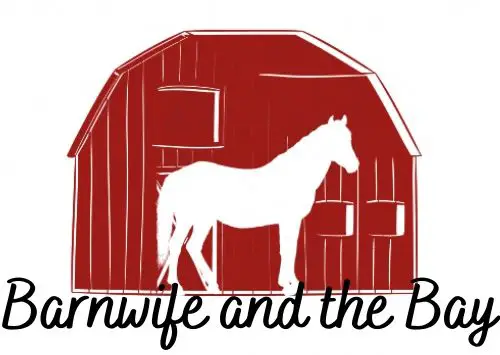
Horses hold such a powerful fascination for so many of us, with their majestic beauty and grace. Add to that the fact of their immense strength and power, and their willingness to share it with us when we get onto their back. There are so many ways interacting with horses is absolutely magical, but for this article, we’ll focus on just the physical benefits of horseback riding.
“Horseback riding” is the broad term used to describe anything from a weekend amble down a trail on horseback, to the foot-perfect movements of classical dressage, to the heart-pounding cross-country gallops of fox-hunting and three-day eventing, to the lightning-quick turns, spins, and sliding stops of reining and cow work. Each equestrian sport has its own unique set of physical efforts, but the physical benefits of horseback riding are largely generalizable.
Riding horses is mostly an isometric exercise, which means that muscles contract without changing length. The work of the muscle during isometric exercise is to hold your body in place rather than to move it.
For most everyday equestrians, horseback riding is light to moderate exercise. Riding the horse at different gaits like trotting and cantering/loping increases the level of exercise, as does riding different maneuvers and patterns.
So what physical benefits can we expect to get from our riding? How will our bodies function better as a result?
1. Improved Balance
Staying on top of a moving horse takes a level of ability to balance yourself that a rider’s body quickly cultivates. This becomes more challenging as the speed intensifies or ridden maneuvers become more complicated. Experienced riders have an independent seat. This means that they have the ability to balance on the horse’s back without using their legs or hands for support.
2. Core Strength and Posture
The muscles of the core include the obliques and abdominals, the muscles of the lower back, and hip flexors. Riding targets all of these muscle groups, especially the lower abdominals. In addition, the upper back muscles are often engaged while sitting up straight on the horse. This in combination with the core work builds the foundation for better posture off the horse too.
3. Joint Stability
Isometric exercise in general is great for supporting joint stability. During this type of exercise, your muscles learn how to pull from both sides of a joint equally so that the joint resists the forces applied to it and does not bend any more or less. This helps you avoid injury to your knees, elbows, ankles and other joints.
4. Cardiovascular Fitness and Endurance
Studies like this one from the University of Brighton in the UK have shown that horseback riding and associated activities can be categorized as moderate intensity exercise. That means that your heart rate and respiration increase when you’re doing the activity.
Over time exercise like this will help increase cardiovascular fitness and endurance. As a bonus, the harder your horse is working when you are riding, whether they are adding speed or complicated maneuvers or jumping, the harder you have to work as the rider.
5. Body Awareness
Body awareness is being conscious of and connected to what different parts of your body are doing.
Many times, riding horses encourages us to be aware of parts of our body that we don’t necessarily always think about in everyday life. For example, where our heels are, the angle of our wrists, or how we are breathing (whether we are taking full deep breaths or shallow ones).
When riding horses, a lot happens out of sight. You can’t see most of your body or the horse’s body while riding, and must develop an ability to be aware of what’s going on in both bodies through feel. There’s also the opportunity to explore different kinds of tension throughout the body, and notice if your muscles are toned like a ballet dancer working en pointe, or if you have a nervous tension anywhere that should be relaxed.
6. Ability to regulate body tension
Anyone who has ever had a horse spook under them, or gone to a horse show, knows the feeling of holding unwanted tension in their body, and can see the necessity of cultivating the ability to let go of this tension. Experienced riders know how to find areas of their body that are tense or clamping and relax that tension, replacing it with the functional muscle tone that will help them guide their horse, instead of hindering communication.
7. Coordination
Coordination is being able to use different body parts together effectively. That means learning control of relaxation and toning in different body parts. When riding, sometimes you might need a high degree of relaxation in one body area with a simultaneous explosion of power in another area. Horseback riding cultivates quick thinking and links that fast decision-making to fine control over specific parts of the rider’s body.
8. Can Help Build Bone Density
According to the National Institutes of Health, weight-bearing and resistance exercises are the best way to exercise for healthy bones. Weight-bearing exercises force you to work against gravity, like walking, running, and dancing. Horseback riding is a weight-bearing exercise as well, and may be a good alternative for someone who feels that an exercise like running is too high-impact for them.
9. Strong Pelvic Floor
In addition to the lower abdominals, the pelvic floor (the muscles between the tailbone and pubic bone that support the organs within the pelvis) is engaged when riding. This is not a set of muscles we think of very often, unless there’s something wrong with it. Pelvic floor dysfunction can be a big problem for some however, especially certain women. Strengthening the pelvic floor can help prevent or treat dysfunction, and help to support urinary and fecal continence as we age (yay!).
10. Improved Left-Right Body Symmetry
We all have asymmetries – one hand that’s more dexterous than the other, one arm or leg that’s stronger. Maybe our spines curve sideways a bit (or a lot). We have habits of sitting, standing and moving that contribute to lopsided muscle and bone development.
But our horses count on us to sit squarely in the saddle and use our aids (our legs, hands, and seat) evenly in order for them to understand what we want from them and help them perform their best. They are also great at telling us when we are not succeeding at this so we can learn to improve. Riding is great for helping us understand our asymmetry and work to improve it, so we can move better and feel better throughout our life.
Have you seen some of these physical benefits of horseback riding? Have you seen other benefits? Comment below and share how riding has improved your physical health and athleticism!
Photo cred: Tatjana Jones
Like this article? Want to learn more? Jump into these too!
